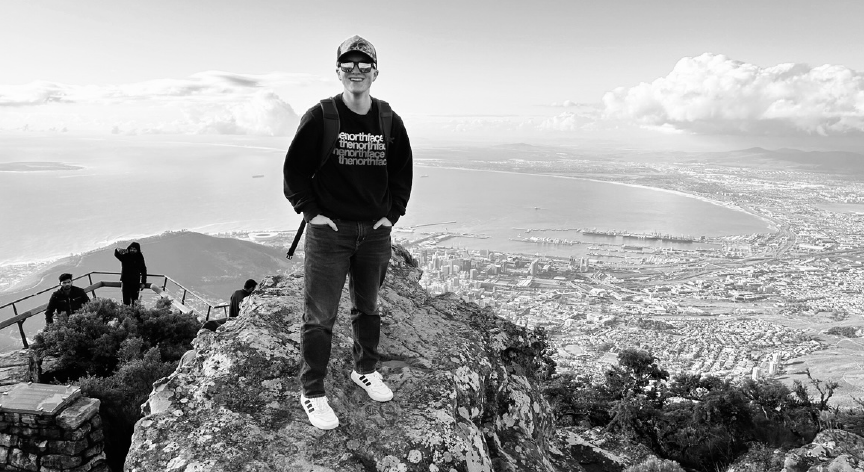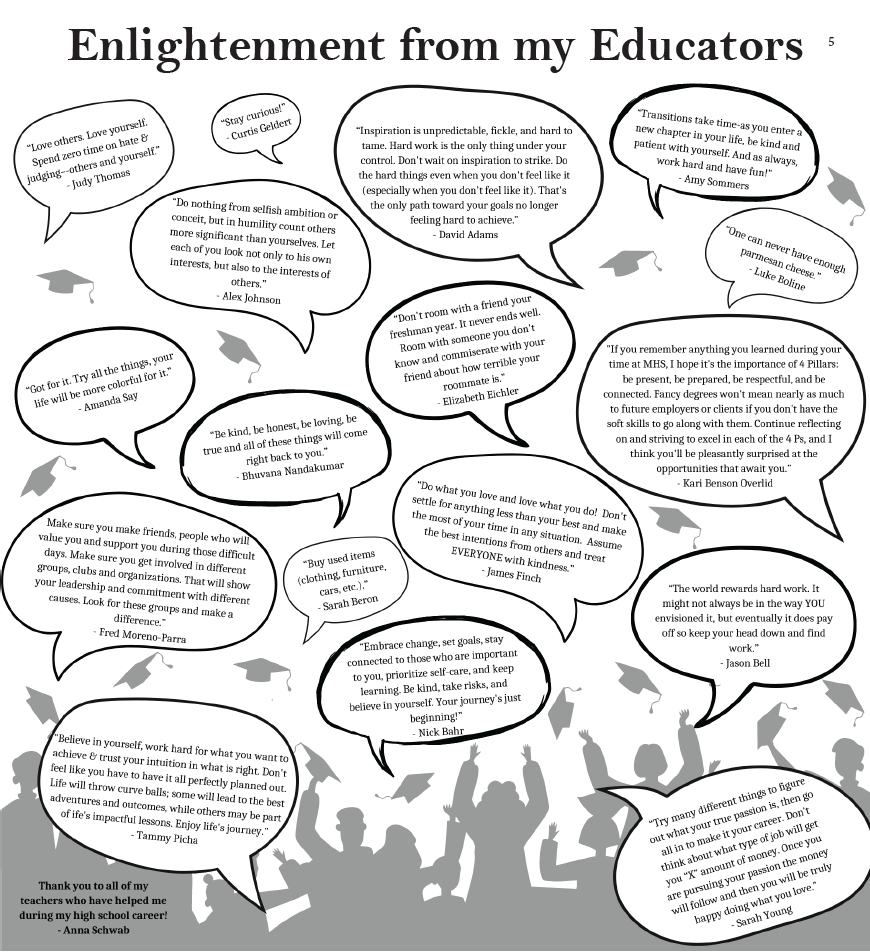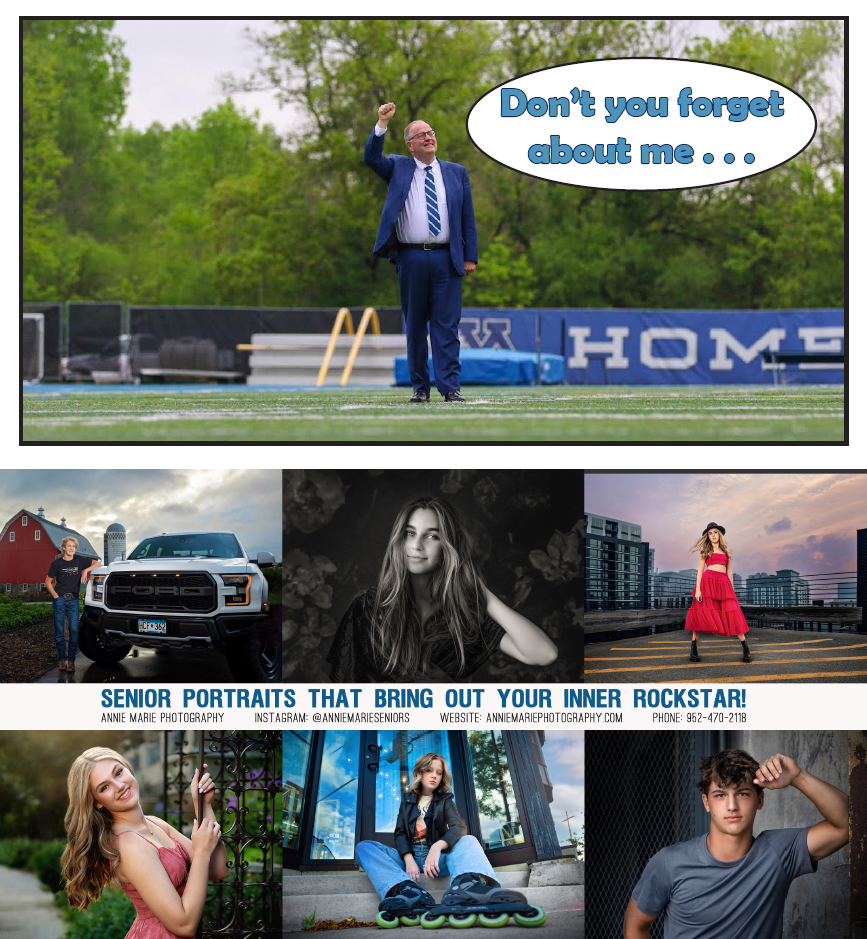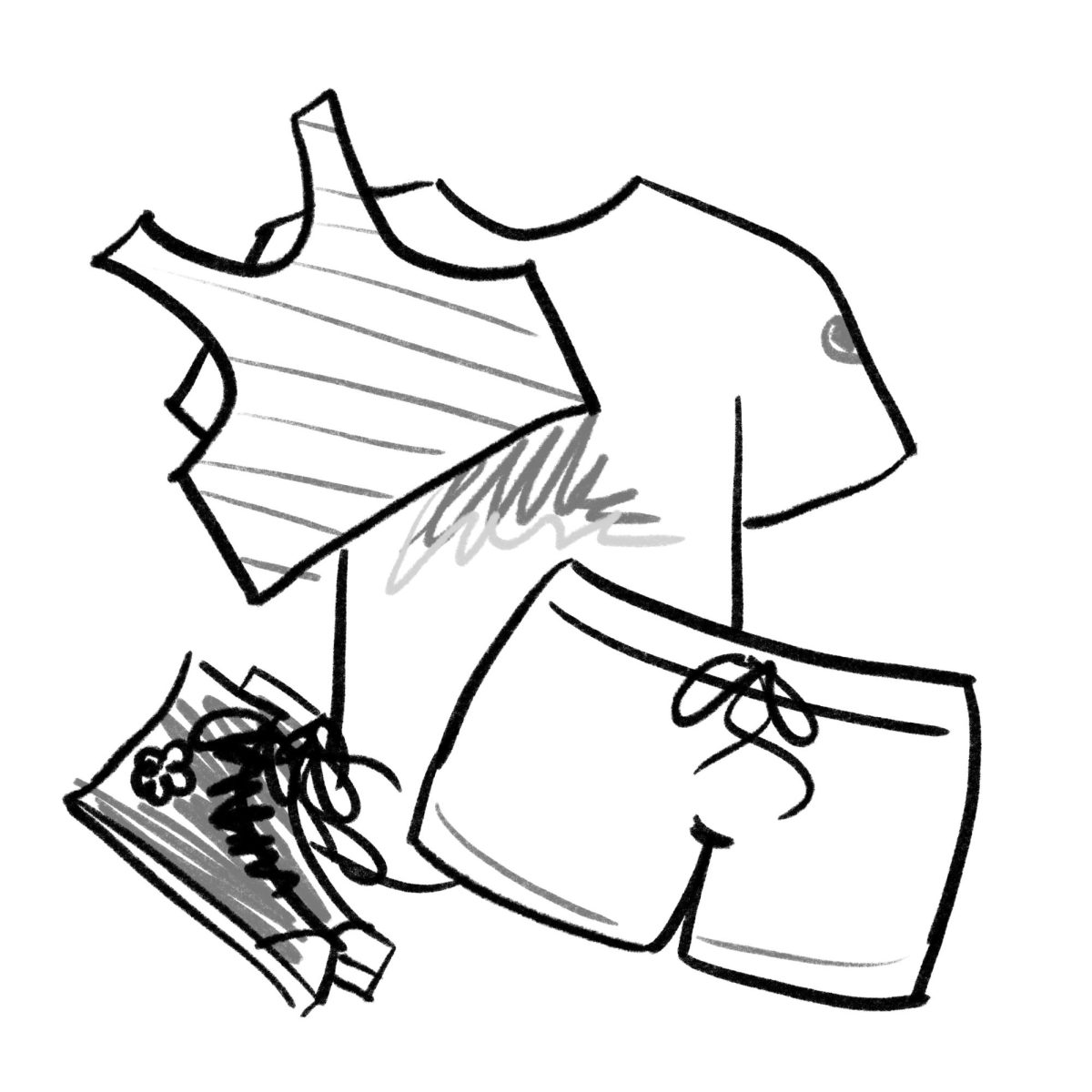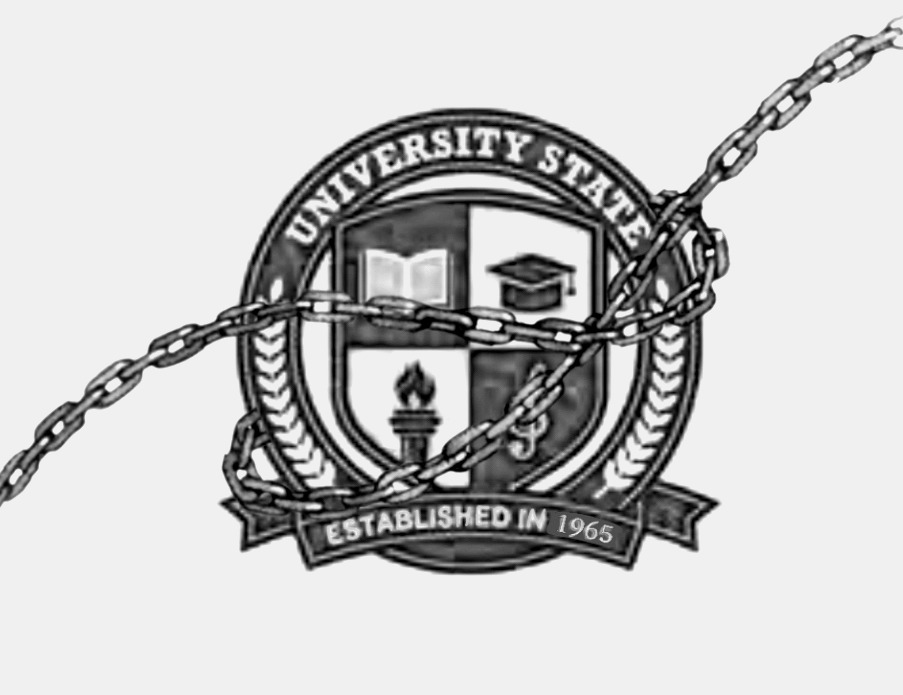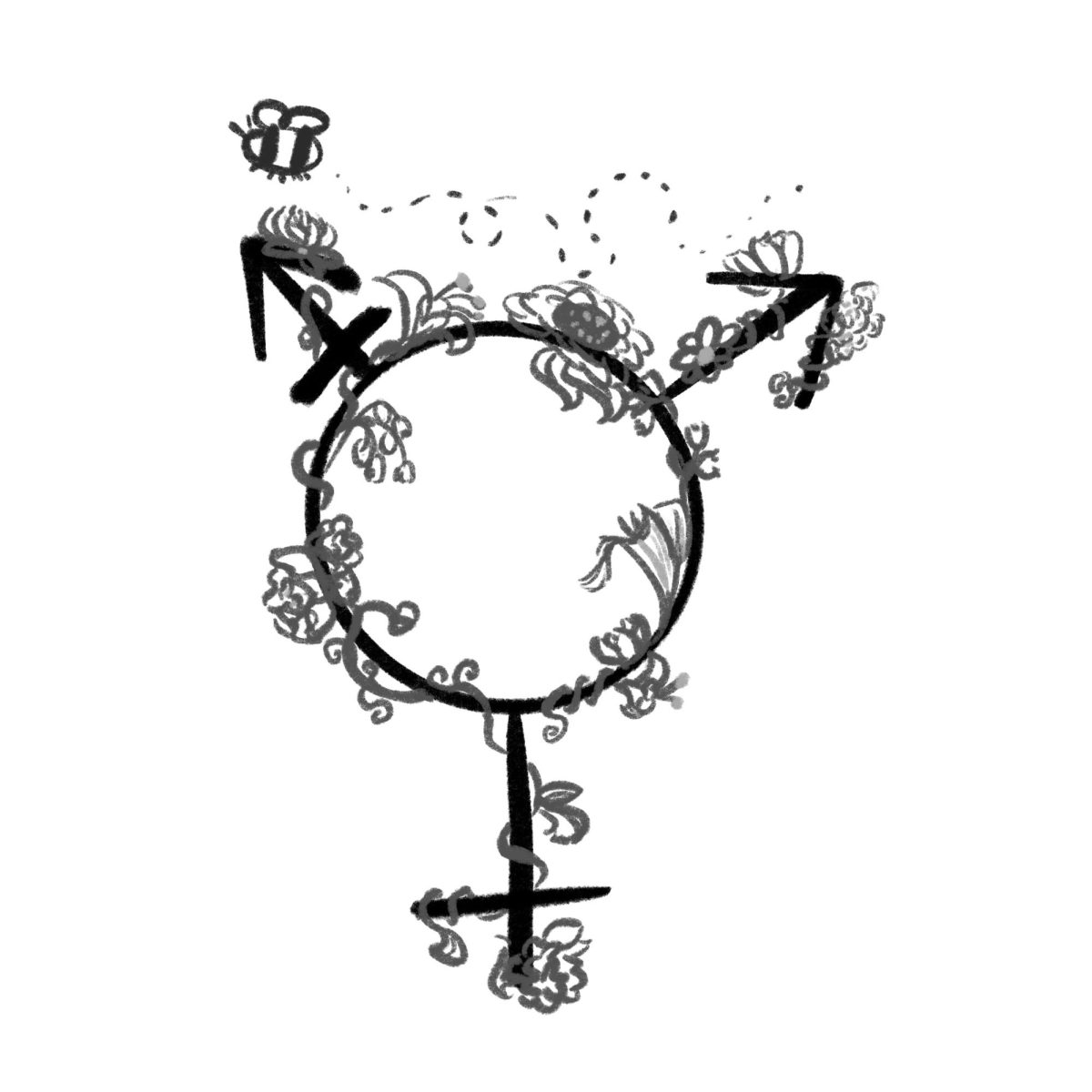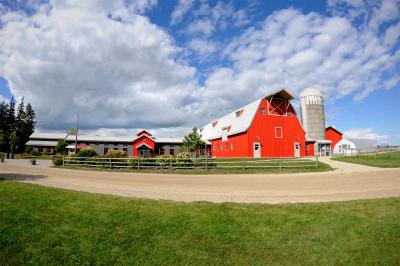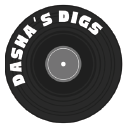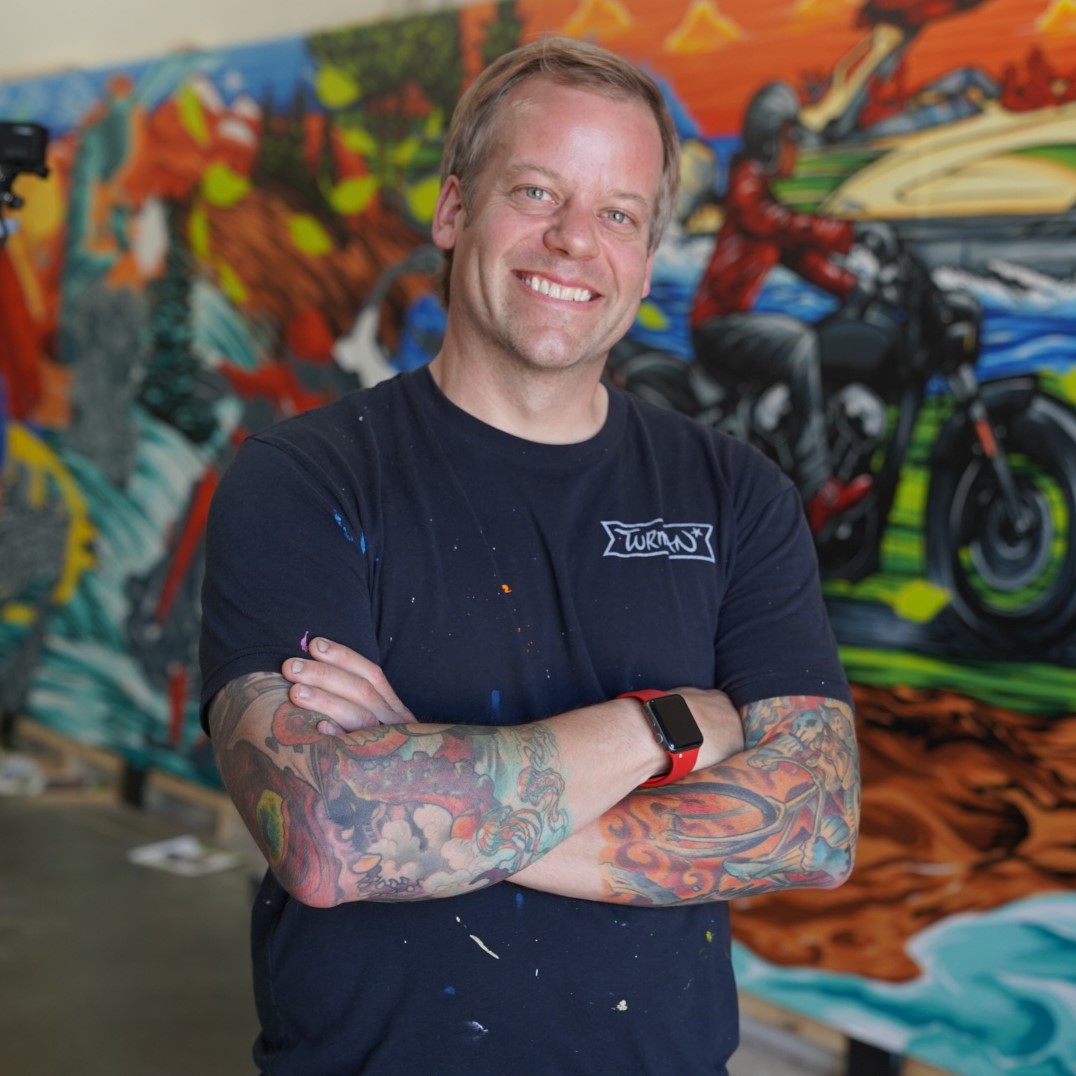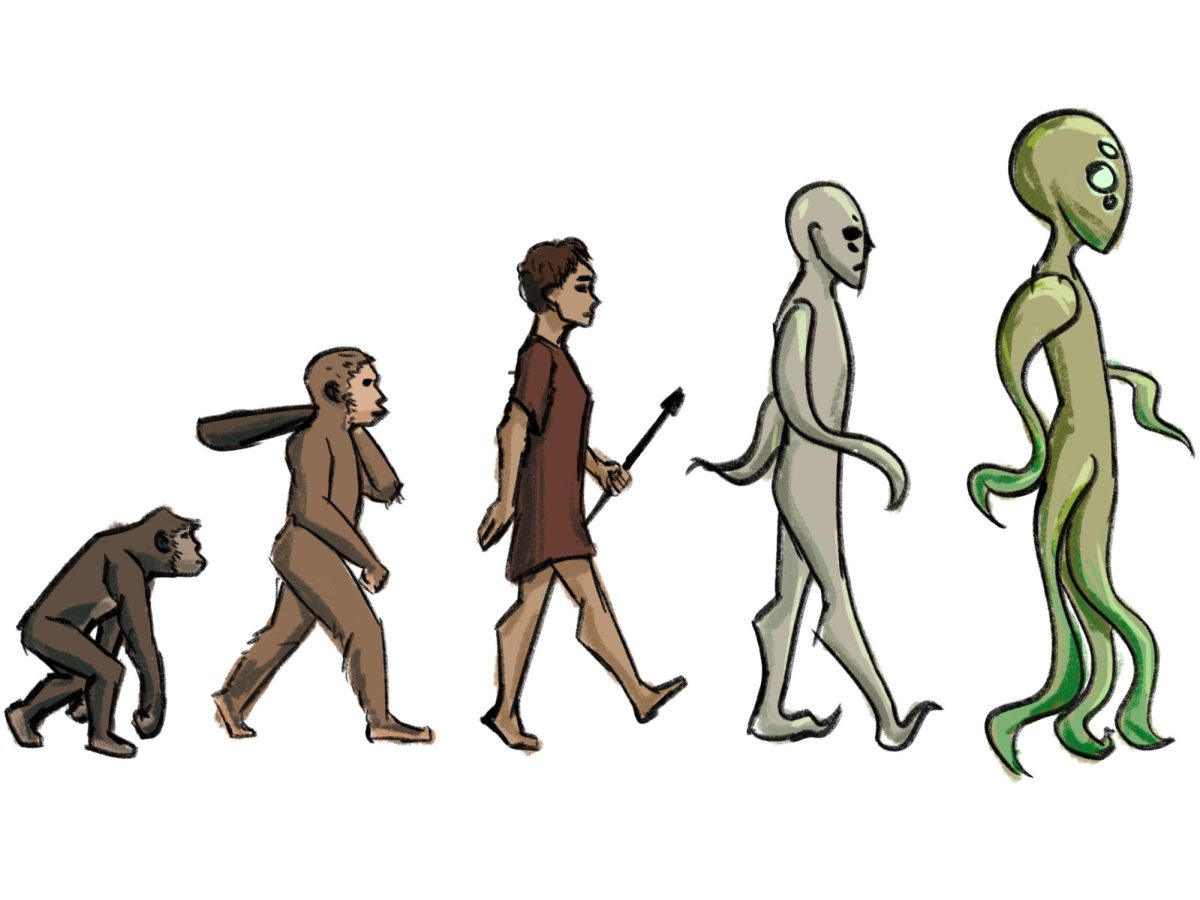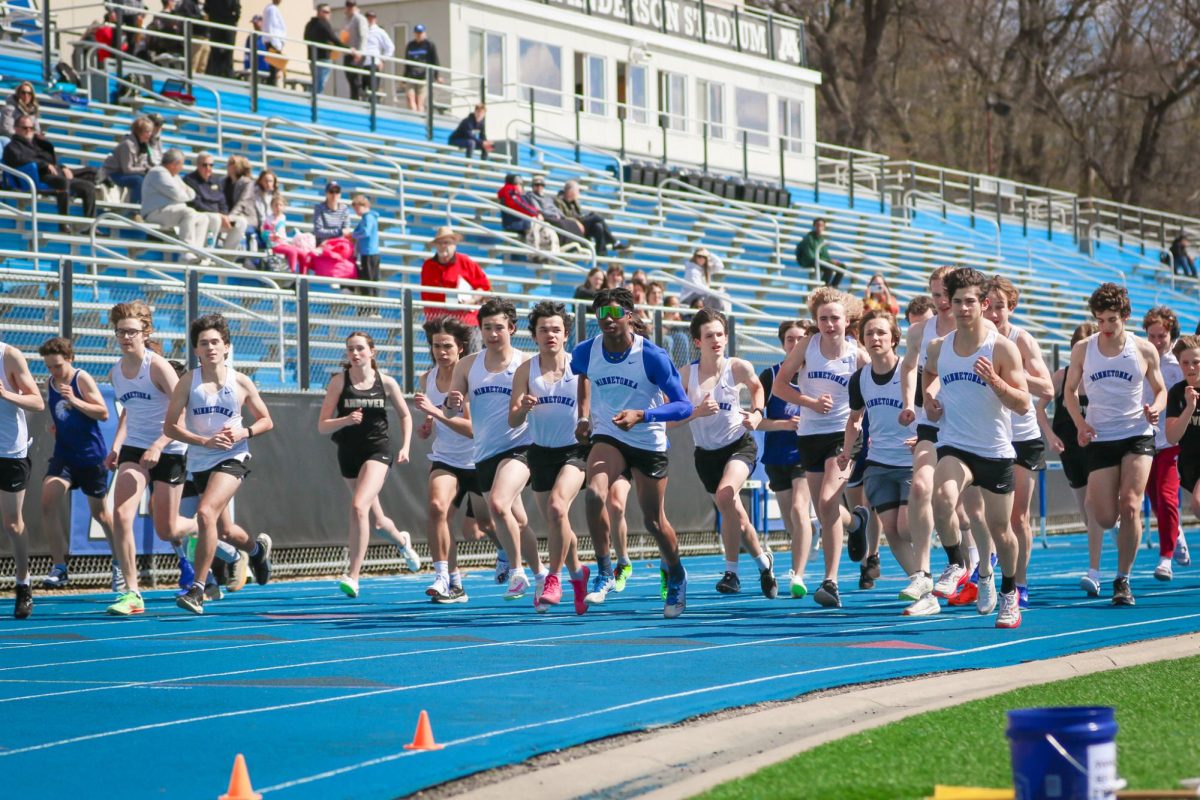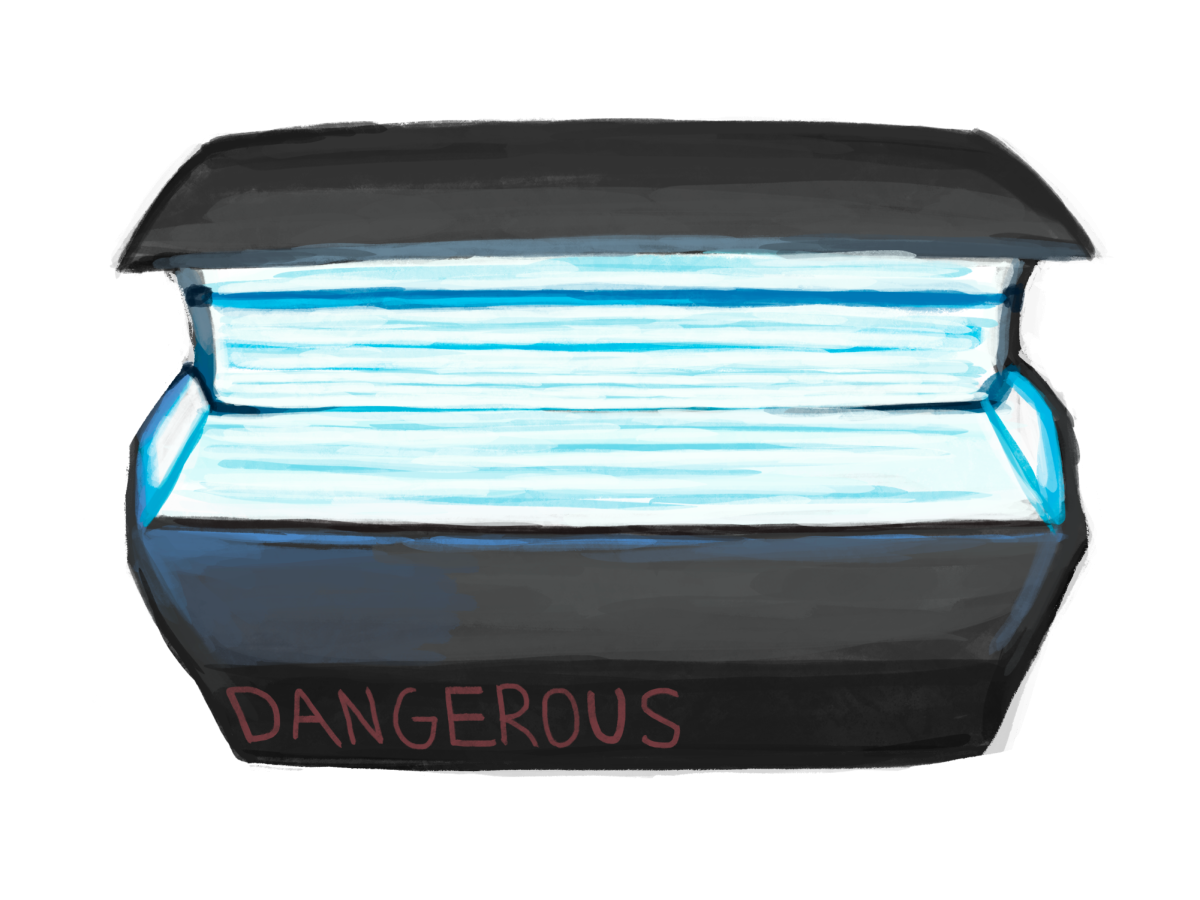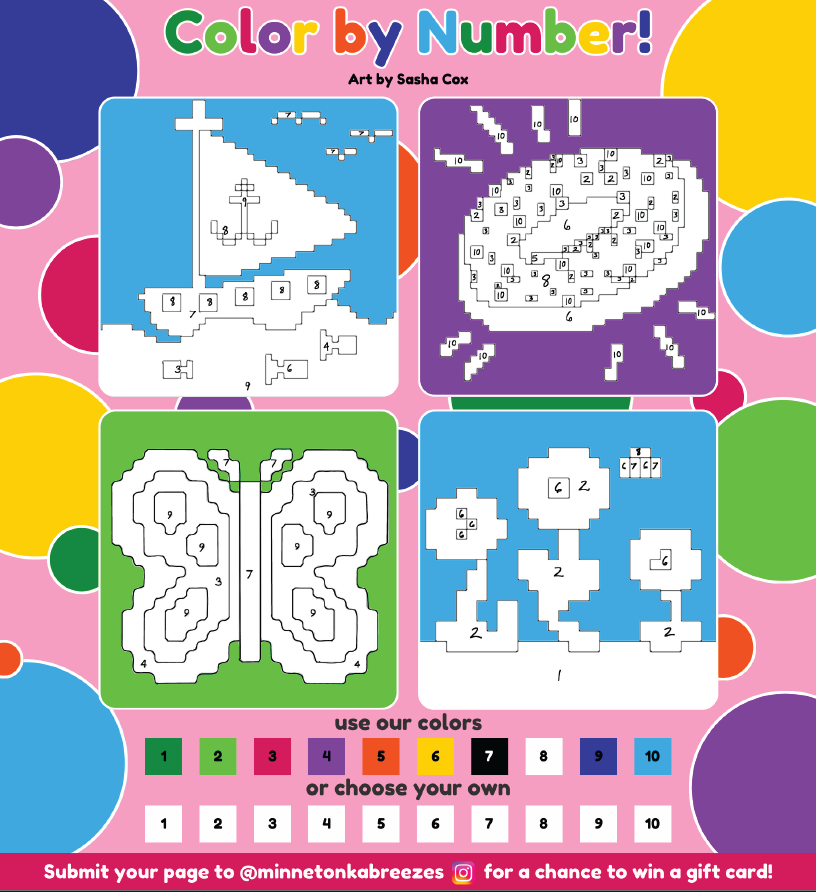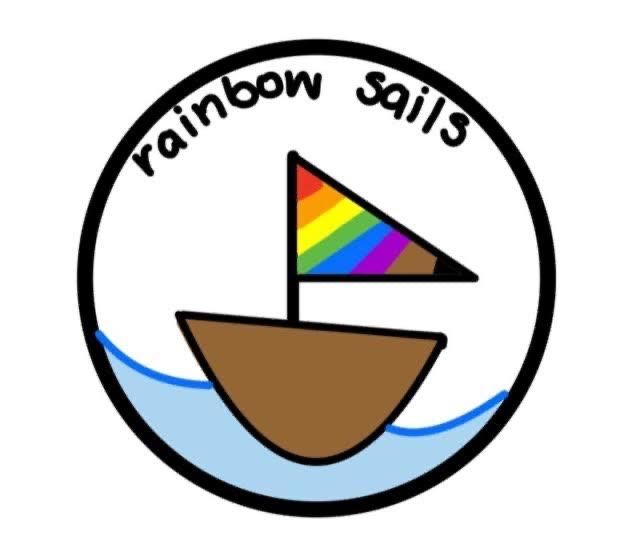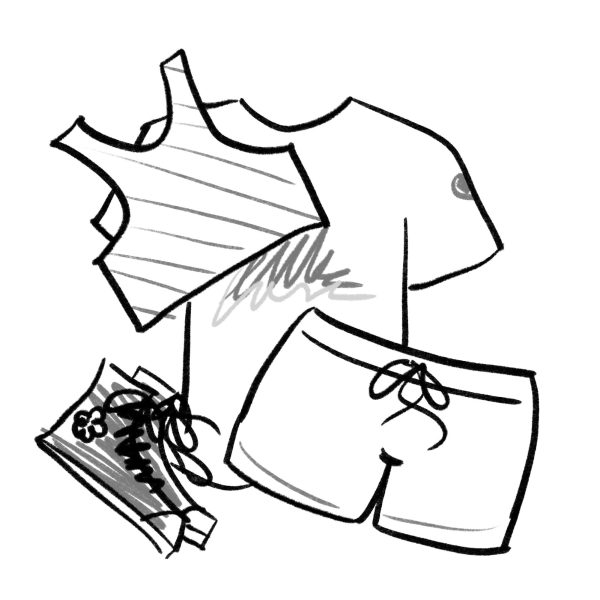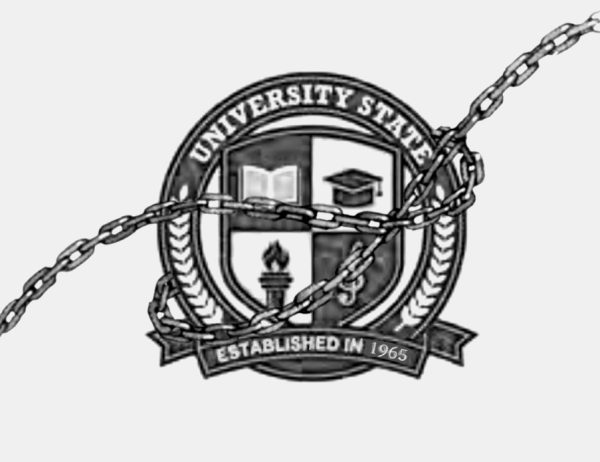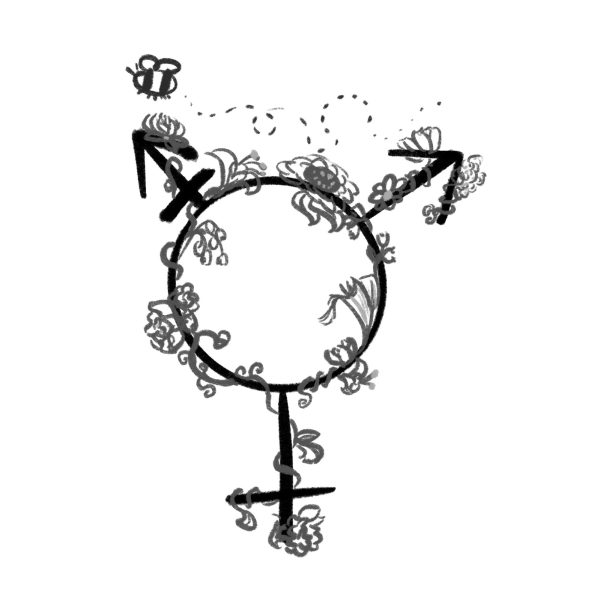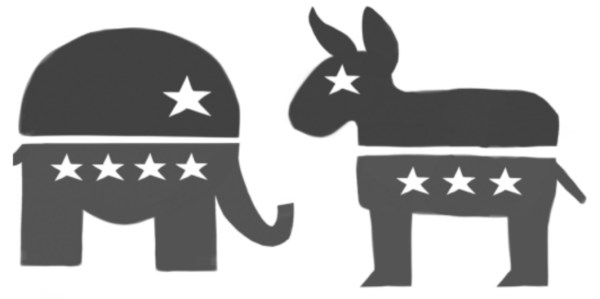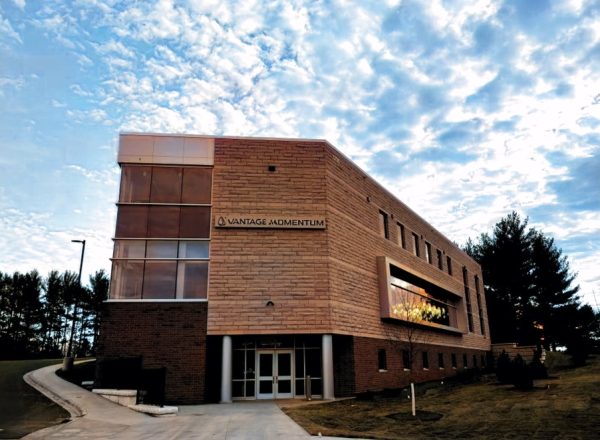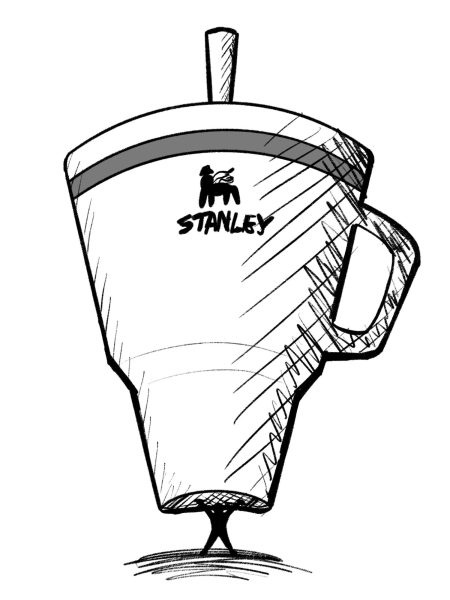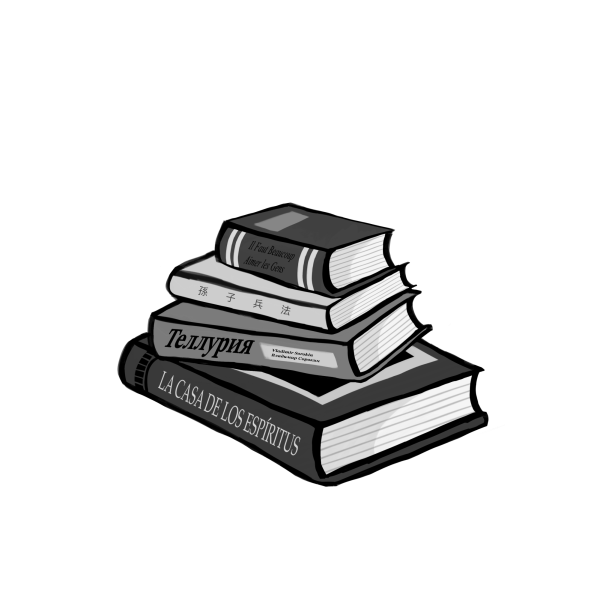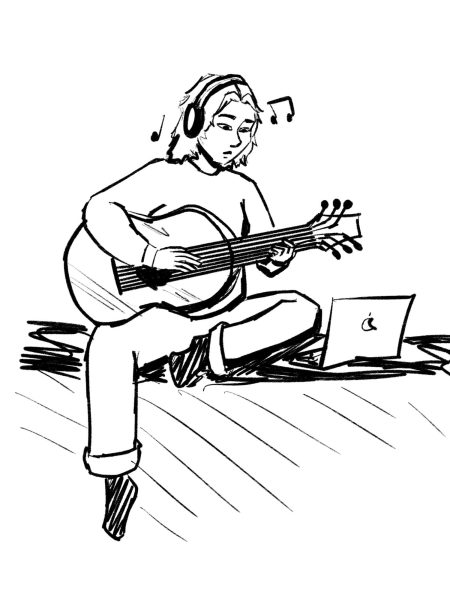The New Minnetonka Middle School West Gender and Sexuality Alliance
March 18, 2022
Prior to 2021, Minnetonka Middle School West (MMW) had a glaring absence on its list of activities and extracurriculars. The website included listings for their Minecraft Club and the Women and Men of Color Clubs, but there was no support group listed for LGBTQ+ students.
MMW student counselor Paula Erbisch said, “there were multiple years where both students and staff [had been] asking for a Gender and Sexuality Alliance,” or GSA, like the ones already established at Minnetonka High School and Minnetonka Middle School East (MME). Then, last year, at the height of the COVID-19 pandemic and e-learning, the club “finally came together in the right place at the right time.”
Erbisch was approached by a few students, and they began holding online meetings during the school day.
In those early stages, “[they] had between four and six eighth graders–a pretty tight knit, amazing group,” Erbisch said.
Throughout the 2020-2021 school year, this new group remained small because of distance learning, but as students returned to the building for the current school year, Erbisch offered the GSA to the entire student body. The turnout blew her away.
She had figured that “[they were going to] have a few kids that would want to meet during MAST, but when it was all said and done, [they] had close to seventy that signed up.”
They now have close to sixty kids that still come regularly.
The growth experienced by the MMW GSA brought their group up to par with the more established MME GSA. The adviser for that group, Lindsay Stashek, recalled a similar story to the one seen by Erbisch nearly a decade later.
“I can’t remember when we first started,” Stashek said. “We had some kids that requested a GSA eight or nine years ago, and prior to that we did not have one, so then our principal approved it.”
In both cases, the advisers had to greatly expand their program to address the demand, hiring additional advisers and splitting up the GSA across multiple parts of the day.
Upon seeing such high membership, Erbisch said that “[they] were not expecting [this]. But that tells you [that] this was just waiting to happen.”
The important part of GSAs for LGBTQ+ middle schoolers, said Stashek, is in “just giving them a place to feel like they belong and have a community. Everybody [wants] a place where they belong. Whether they’re [LGBTQ+] or not, I think people will continue to come to GSA if they feel like there’s validation and people are listening to them, caring about their lives.”
To achieve that solidarity, both advisers described informal, student-driven content.
“They know what they need to talk about. We’re just there to start that conversation,” said Erbisch, “so it’s not necessarily super heavy discussions all the time. [Our] last group, we talked about how [to] handle [hearing] a homophobic joke–and that can be a tough thing to talk about. But we also had another group where we just talked about, ‘Hey, what is your self care plan for over winter break? How are you just going to go have fun?’”
Beyond student-led content, the students at MMW also came up with their own name for their group, Rainbow Sails, with a custom logo designed by student Olivia Lafontaine, ‘25.
Speaking to another important function of GSAs, Leila, ‘23, said, “It’s a great medium for if something happens, you have a group of people that have your back.” After all, “it’s scary to be trans at a high school with so many people who hate trans people, so it’s really important to have that safe space where I know I can go.”
Echoing the sentiment, Stashek concluded, “I know we’d have all loved to have a GSA when we were in middle school. I would have thought that was the coolest thing of all time. Half of the kids aren’t going to come out in middle school, but to know that it was there would make them feel like, ‘if I wanted to tell someone, there’s a place where I could go.’”

